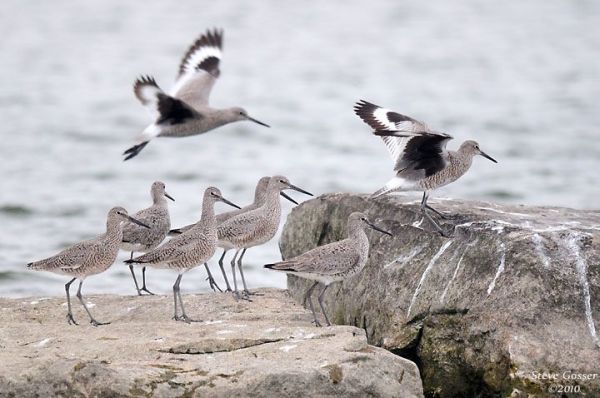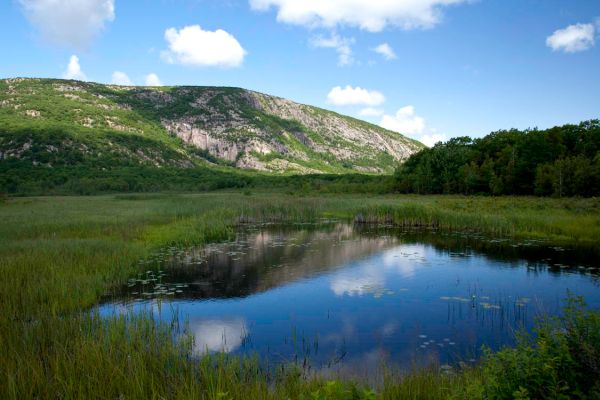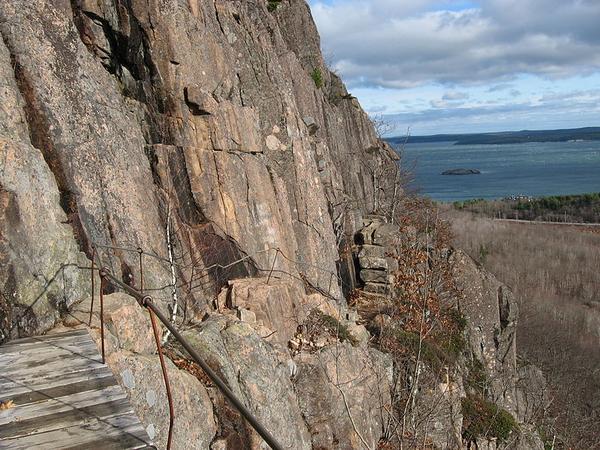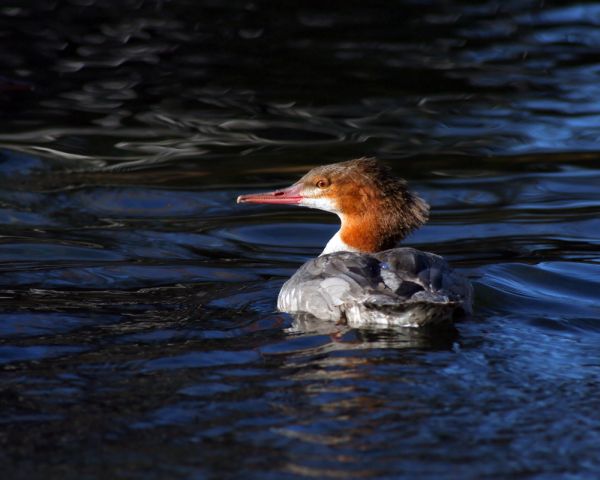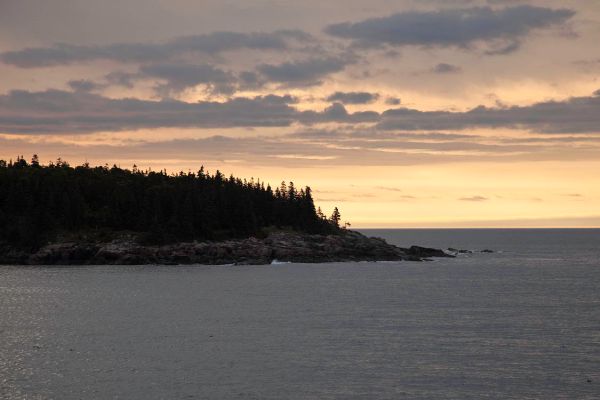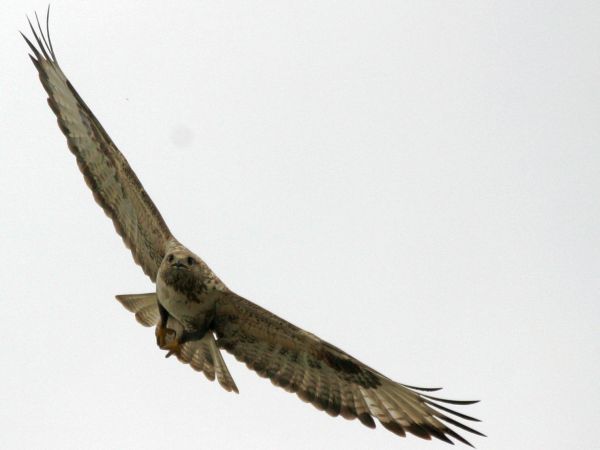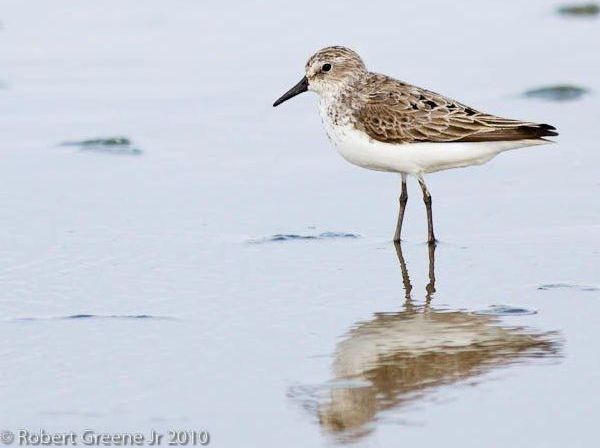
Today is the last day of my shorebird self-study project in Lubec, Maine. I’ve learned a thing or two by watching large flocks of the tiny sandpipers called “peeps” but I don’t know if I’ll retain anything because I have so little opportunity to see shorebirds at home.
Maybe it’ll help to write it down, so here goes.
- The advice offered by the field guides and those in the know really works: At first glance, forget about plumage. Focus on the legs and bill. What color and length are the legs? What color, size and shape is the bill? Amazingly the bills on semipalmated sandpipers, like the one shown above, really do look blunt compared to the bills on least sandpipers.
- Know where you are and what time of year it is. This sounds obvious but it has helped to know that in Lubec I’m unlikely to see a western sandpiper at any time of year. The downside is that if there’s a western sandpiper out here, I won’t figure it out.
- In a flock of peeps during fall migration the sanderlings really stand out. They are larger and whiter, feed with their bodies at a different angle than the others, and are – unbelievably – slower-moving than peeps.
- Some peeps can be surprisingly aggressive considering they hang out in flocks. I’ve seen peeps head-butt a sanderling when it didn’t move away fast enough. Sometimes the smaller bird takes a running start and bashes into the sanderling. The sanderling reacts slowly, looks up and steps back. Huh?
- And finally, peeps really do say “peep.”
(photo by Bobby Greene)
